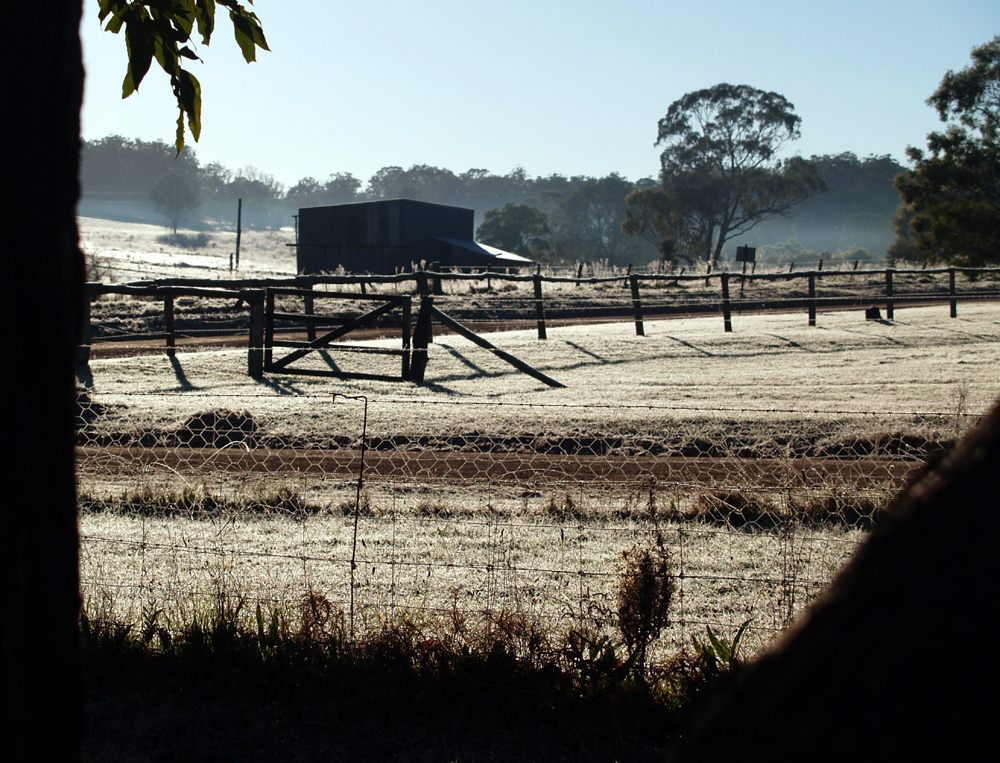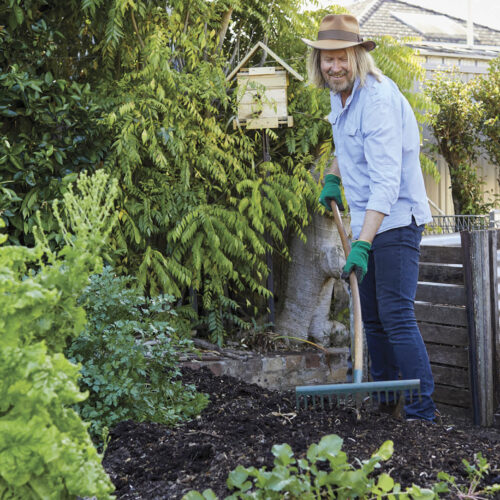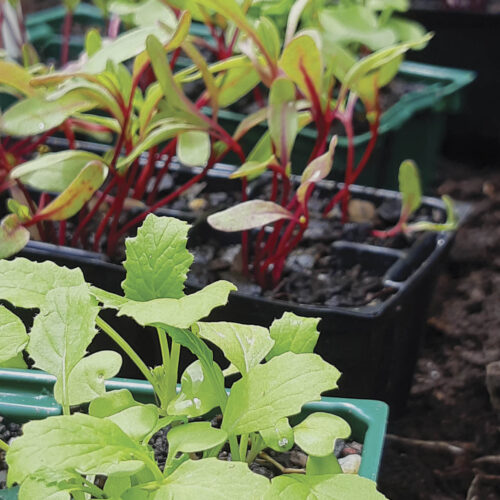A Killing Frost
2012-07-04T03:52:35+10:00
It's been a frosty winter so far in many parts of Australia, but JUSTIN RUSSELL suggests that cold temperatures can be an organic gardener's best friend.
The temperature in my garden dropped to minus six degrees overnight. That’s cold in anyone’s language, and enough to have me blowing steam while snuggled under the doona, plucking up the courage to make the dash across icy bathroom tiles to the shower. Anything below about minus five I class as a “hard” frost, so even though minus six is bone chilling, it’s an event that brings a smile to my face.
Why? It certainly has something to do with the fact that a dazzling white garden is a sight to behold, but what makes me even happier is that a hard frost is essentially a killing frost. Very cold temperatures kill off overwintering pests and diseases. It breaks the breeding cycle of insects such as Queensland Fruit Fly, a major problem in my garden the last two summers, and can help reduce rodent populations and even destroy fungal spores, limiting re-infection the following summer. A killing frost is an organic gardener’s best defences, and one of the reasons I love gardening in a cool climate.
If you don’t live in a cool temperature zone like me, take heart. Even a light frost once or twice each winter helps kill off some pests. The trick to enjoying subzero temperatures is to be prepared. While frost can kill insects, it can also decimate those plants that aren’t naturally adapted to cold temperatures. This can be a problem in areas just inland from the coast, such as Ipswich near Brisbane, low lying parts of the Northern Rivers in NSW and areas around Richmond in western Sydney – zones that are often classed as subtropical or warm temperate, but which are prone to nippy temperatures on a July morning.
As always, my advice is to grow plants that are ideally suited to your climate. Of course, I generalise. Almost every gardener I know lacks the discipline to avoid making impulse buys at their favourite nursery, and I’m not immune from the desire to experiment with plants that ought to be considered touch-and-go in my climate. For those plants, the key to surviving frosty nights is a warm blanket. I don’t literally mean covering frost tender plants with blankets, but rather protecting them with some form of insulating material, such as frost cloth, hessian, plastic tents, plant guards, even a scrap of shadecloth. It’s inconvenient to cover plants every night and then remove the covers in the morning, but it works.
Here’s proof. At about 10pm last night, with the temperature sitting at around zero, I donned a beanie, zipped up my jacket, and dashed outside to cover my lemon tree with some frost cloth. It’s the first decent crop the tree has set, and I’d have been disappointed to lose it. Thankfully though, I can report that the fruit survived the killing frost, thanks to a mad gardener and the couple of degrees of extra warmth offered by a piece of spun polypropylene.






